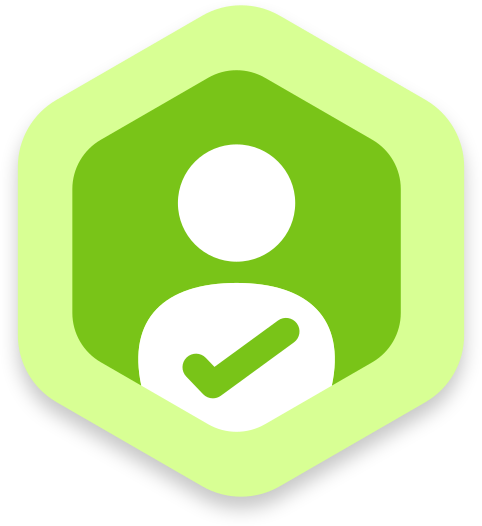As more people around the world use virtual and online learning, there has never been a bigger need for useful tools. It’s important for both teachers and students to have the right tools for online learning. This piece talks about some of the most important tools for virtual schooling that make it work.
Learning Management Systems (LMS)
A Learning Management System (LMS) serves as the backbone of any online learning environment. These sites order and offer material, keep track of students’ progress, and give teachers and students a place to talk to each other. Among the most widely used LMS platforms are:
- Canvas: A favorite among instructors, it is known for having an easy-to-use design and many connection choices.
- Moodle: A tool that is open source and can be changed in many ways, so schools can make it fit their needs.
- Google Classroom: A simple, free tool that works well with other Google services. This means that both teachers and students can access and use it without any problems.
Writing and Support Tools
Writing is an important skill to learn in any setting, but students often need help with it, especially when they are learning online. There are many tools that students can use to get the help they need and improve their writing. Consider these options:
- Customwriting: It’s easy for students who need extra help with their tasks to buy custom essays online because it provides unique writing assistance. This site puts students in touch with professional writers who can help them with a wide range of writing assignments.
- Grammarly: You need this tool to check your language, spelling, and style. It helps students write in a smooth and professional way.
- Hemingway Editor: By breaking up long lines, it makes writing easier and faster, which is especially useful for school writing.
Video Conferencing Software
Videoconferencing is what makes virtual classes work, letting students and teachers talk to each other in real time. You should think about how reliable a video chat tool is, how easy it is to use, and whether it has extra features like recording and sharing your screen. The top choices in this category include:
- Zoom: Schools like it because it has many useful features, such as meeting rooms, virtual backgrounds, and the ability to record.
- Microsoft Teams: Not only a tool for videoconferencing, but also a full contact platform that works well with Microsoft Office.
- Google Meet: This is a simple, free tool that can be very helpful for schools that already use Google’s set of teaching tools.
Collaboration and Communication Tools
You need to be able to communicate and work with others in order to learn anywhere, but especially online, where there are fewer people. Tools that facilitate group work and communication can greatly enhance the learning experience. Consider the following:
- Slack: Slack is great for managing projects and having group talks because it lets you message people in real time and keep things organized.
- Trello: A visual tool that helps students and educators organize tasks and track progress through boards, lists, and cards.
- Padlet: Teachers and students can share ideas, tools, and comments on this digital board in a way that is dynamic and collaborative.
Assessment and Feedback Tools
When teachers grade students online, they face some unique problems. However, if they have the right tools, they can do a good job and give students comments on time. Here are some tools that excel in this area:
- Kahoot!: Using games and quizzes that students can interact with makes learning fun and tests their skills at the same time.
- Google Forms: A simple but strong tool for making quizzes, getting answers, and even automatically scoring them.
- Quizlet: Lets students make and share notes and study sets, so they can check their own work and learn from each other.
Content Creation and Delivery Tools
Engaging content is crucial in virtual learning, where attention spans can be short. Educators need tools that help them create and deliver interactive, visually appealing lessons. Some of the best tools for this purpose include:
- Canva: A creative tool that is easy for teachers to use to make slideshows, images, and other teaching products that are interesting to look at.
- Edpuzzle: Allows teachers to make video lessons more involved by adding things like notes and questions. This turns idle looking into active learning.
- Prezi: It’s a fun option to regular slide shows because it slides and moves, which can make lessons more interesting.
Conclusion
In conclusion, the above-mentioned tools are very helpful for making virtual and online learning better. Anybody who needs help with their writing or any teacher who wants to make lessons more fun can use these tools to do well in a digital classroom. As virtual education grows, it will be important to learn more about and use these tools to improve learning results.








Comments